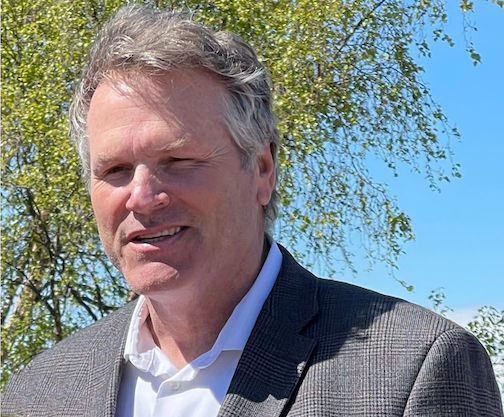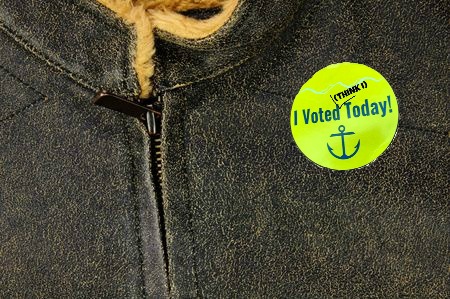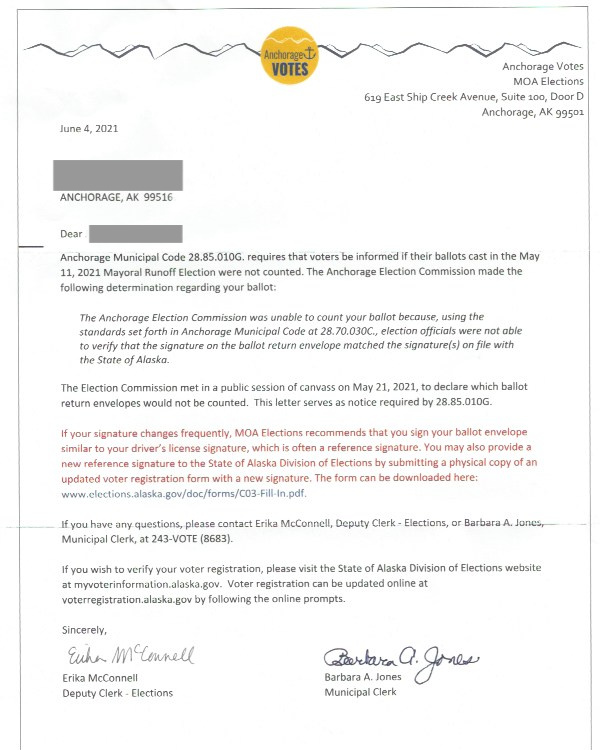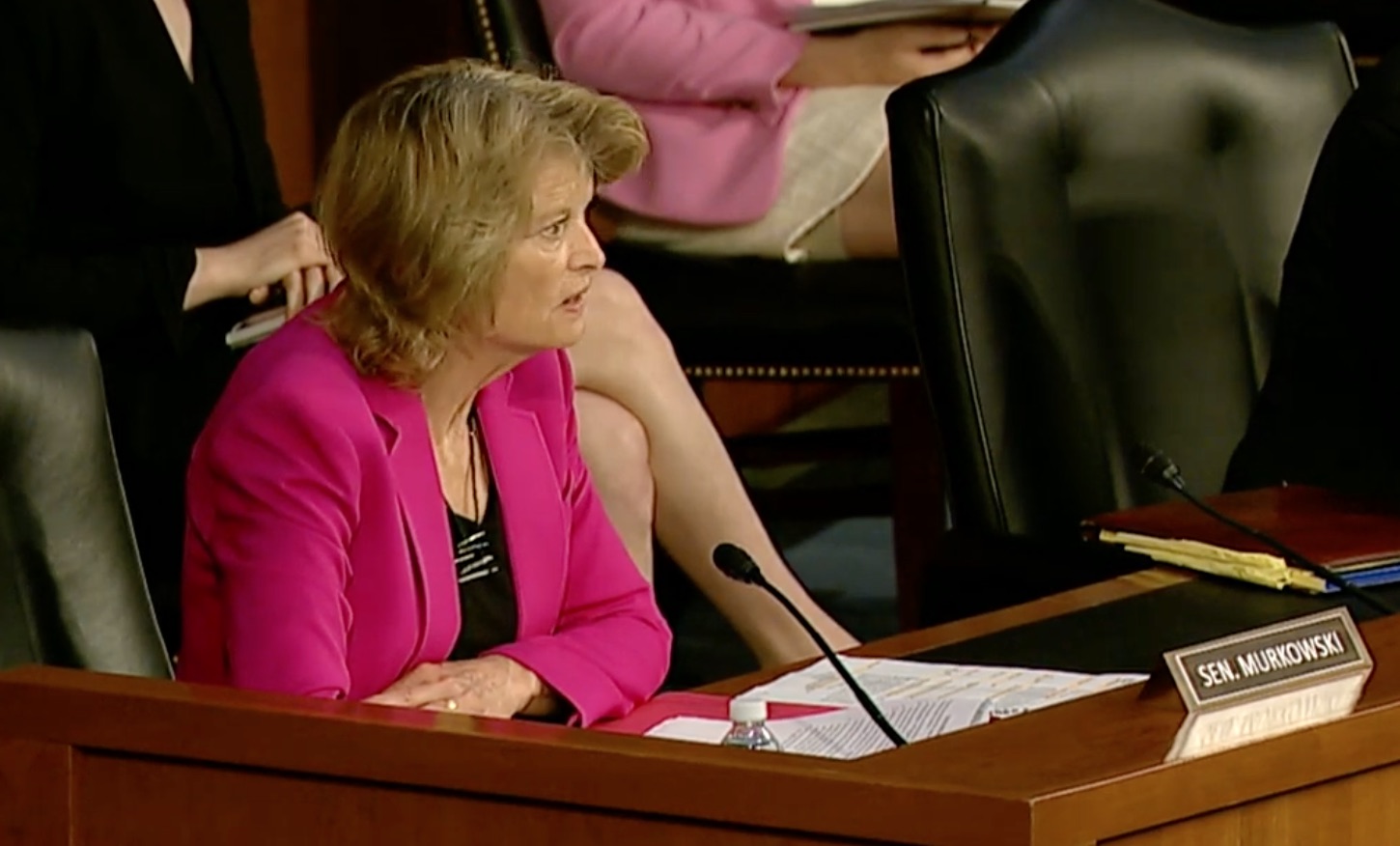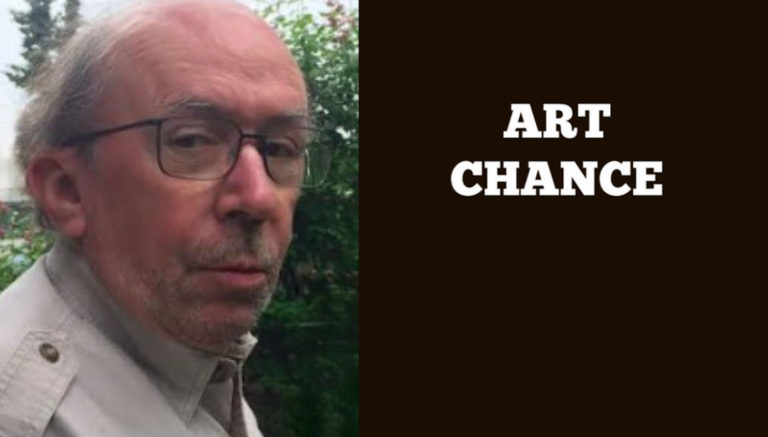By GOV. MIKE DUNLEAVY
Support for protecting the Permanent Fund dividend in the Alaska Constitution has reached unprecedented levels. Nearly 100 Alaskans called into the House Judiciary Committee hearing to voice their support and thousands more have sent letters of support.
The “let them eat cake” crowd comprised of the Anchorage Daily News editorial board and once-powerful former state senators are clearly getting nervous as they lash out at our increasingly bipartisan plan. To top it off, 17 out of 20 senators have now voted yes on a $2,350 PFD – the highest PFD amount in Alaska’s history.
This support couldn’t come at a more critical juncture. Last year, the Legislature “gifted” Alaskans a $992 dividend. This year, the House proposed just $500, but ultimately, it failed to pass. Since my days in the Senate, I’ve consistently warned that the PFD is facing an existential threat from those who would rather see every penny of Alaska’s shared wealth used up by state government. The point of no return is rapidly approaching, and if we’re going to save the PFD, it must be this year.
That’s why Alaskans must be given the chance to vote on protecting the PFD in the constitution. A majority of the Legislature has made it abundantly clear that following the law is not an option, and in fact, the full statutory dividend failed to pass in both legislative bodies this year. As I’ve said hundreds of times before, we must follow the law or change it with a vote of the people.
That also means enshrining the PFD in the constitution so that it can never be tampered with again, and to ensure government cannot spend more from the Permanent Fund than what is owed to the people. A 50-50 split is not perfect, but it presents a path forward in a Legislature where most members are openly hostile to the dividend. The resulting $2,350 dividend is expected to increase to $3,263 over the next decade based on a conservative growth rate of 6.25%, and because the PFD will be in the constitution, that money can never again be touched by lawmakers without a vote of the people.
Some have rightly wondered why 50-50? Anyone who knows me is aware that no one has worked harder since 2016 to save the full PFD. But as I’ve said since my Senate days, without constitutionalizing the PFD, the shrinking dividends are a clear precursor to the ultimate end of the PFD program.
As a consistent defender of the PFD, I truly believe this may be our final chance. Last year’s $992 dividend represented only 20% of the Permanent Fund draw. If some in the Legislature had their way, your share would fall to about 10% or less this year. This is what’s driving me and many defenders of Jay Hammond’s vision to ask for your support of SJR 6. A $2,350 PFD in exchange for a guaranteed, and ever-increasing amount is something I can make peace with to secure the future of the PFD for our grandchildren, and most Alaskans I talk with feel the same.
Ultimately, Alaskans’ voices are the only ones that matter. As I’ve consistently stated, you must have the final say when it comes to making changes to your shareholder rights. This basic tenet of our democracy was ignored by the previous administration, and if we’re going to protect the Permanent Fund and the PFD, we must return these decisions to the hands of the people just like Alaskans did 45 years ago when they chose to establish the Permanent Fund in the constitution. This is exactly what SJR 6 does.
While recent history has demonstrated that hoping the Legislature does the right thing is a fool’s errand, we are fortunate now that there is a growing consensus among legislators that the Permanent Fund and the dividend must be preserved through a constitutional amendment and a vote of the people. This fickle window of support will not last forever. The time to act is now.
Politicians have been saying for years, “We’ll get to this next year.” Enough is enough. We save the PFD now; we save it forever. Give the people a chance to solve this with a constitutional amendment so we never have to wonder if there will be a PFD this year.
If you’ve come to the same conclusion, I encourage you to contact your legislators and let them know that you support putting the PFD in the constitution forever. You can do so with our easy-to-use tool at akgov.us/pfd or by visiting gov.alaska.gov/pfd.
Regardless of your position on the plan, it’s been an honor serving as your governor. I will always fight for Alaskans to have the opportunity to vote on your Permanent Fund and PFD so that we can constitutionally protect them for generations to come. Thank you for all your support and prayers and I look forward to moving our state forward together.
Mike Dunleavy is the 12th governor of Alaska.
